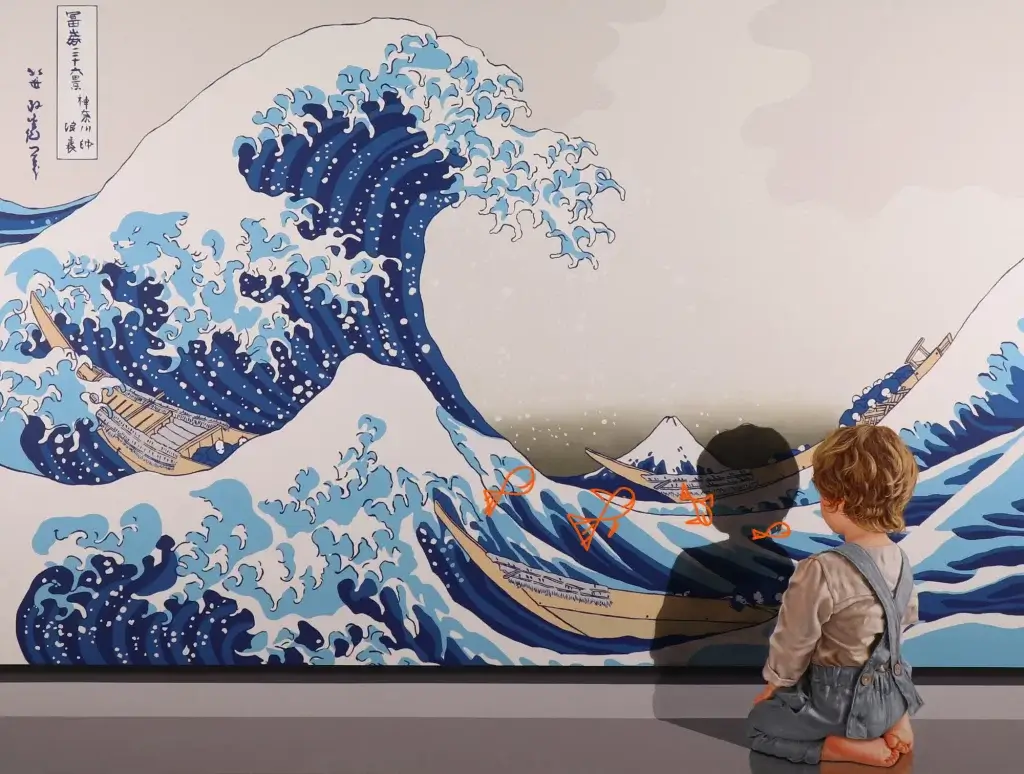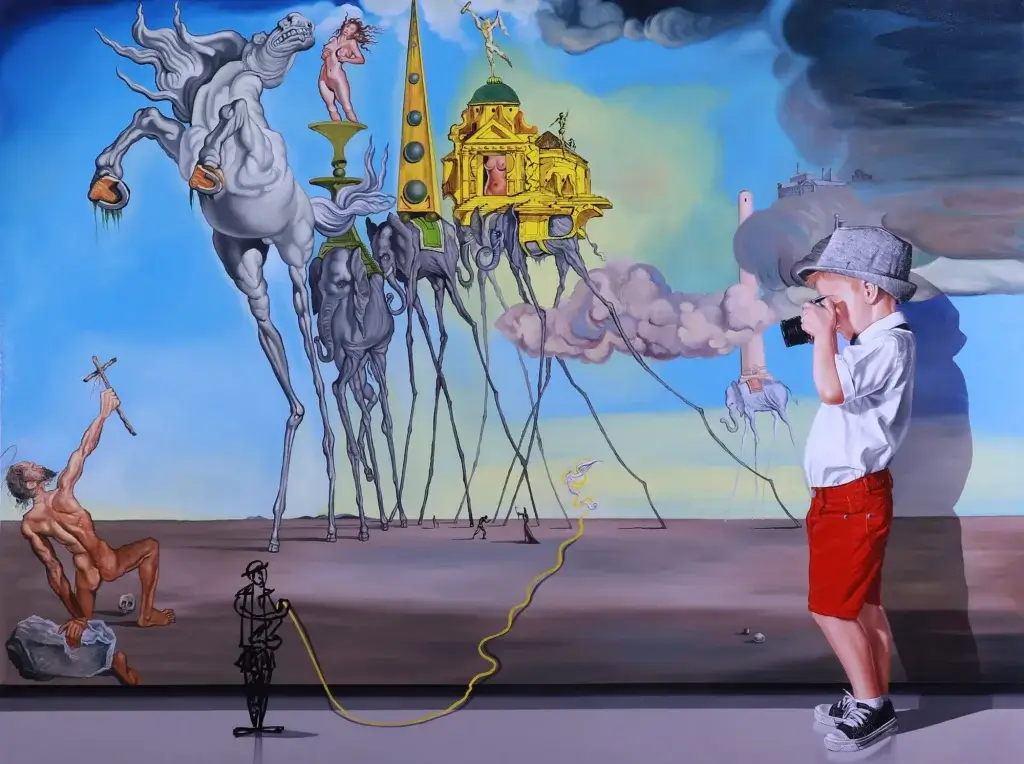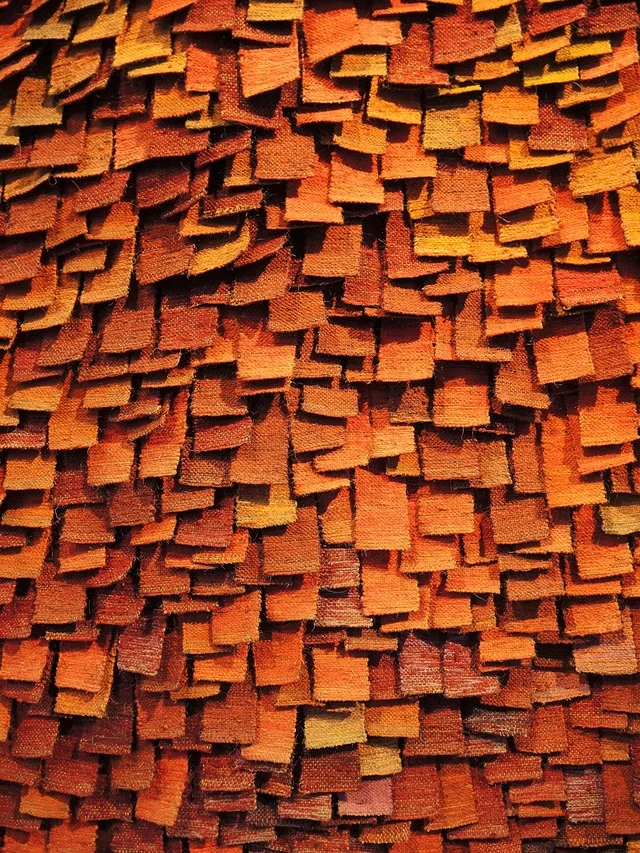Javier Caraballo holds a Master’s Degree in Fine Arts from the Faculty of Fine Arts of the Universidad del Atlántico, Colombia. His research is directed towards the study of painting and drawing as a graphic language for children and the great works that have shaped the history of painting. He has participated in fairs and exhibitions in cities such as Cartagena, Bogota, Panama, Caracas, Santo Domingo, Florida and Brussels until becoming the artist of the private collection of the Prime Minister of Luxembourg and the royal family collection of Monaco.
Javier Caraballo proposes a visual paradox, engaging the viewer through the silent exchange of the gaze and non-verbal language. This compendium of works will give rise to the aesthetic discourse and technical mastery of the renowned artist, to act not only with the memory by claiming memories and erudition, but wishing to desacralize the artistic works to convert them through the innocent gesture in a new artistic experience.
From this point of view, his work develops from the theme of children’s drawings, treating it from the sensations that can be perceived when observing a drawing made by a child, inquiring and raising questions from the assumption of what exactly happens or what these drawings communicate, finding in it an aesthetic world full of codes, stories and signs that represent a way of interpreting the context that surrounds them.

In Caraballo’s aesthetic universe, children are the artists. This creates a paradox that gives rise to a new understanding of a hidden language that is tangible in our daily reality.
However, Caraballo’s proposal does not end here, but is complemented by the indeterminate use of the works of modern art, which, with the presence of children in his production, propitiates a meaning different from the idiosyncrasy of the masterpiece to which the artist refers. This series, on which the artist has been working for more than ten years, is charged with an aesthetic discourse that reflects a constant interest in revealing the expressive capacity of childhood, using canonical artists as well as contemporary artists such as Kaws and Murakami. In this way, the artist appeals to superimposition to give preponderance to the candid gestures of the children, which are redrawn in the foreground to reveal a tacit sensibility, which, without the presence of children, would remain a simple appropriation.
Visual Polyphony
The exhibition Polifonía Visual consists of a group of works by Caraballo that captures the essence of what his work represents: a mixture of a perfect interpretation.

The masterpieces of art history are important for their technical quality, aesthetics and symbolic content, and have served as inspiration for several generations, remaining in the retina of observers to relive the visual pleasure they gave them, or to provoke reflections on art, events and life. It is not strange, then, that commercial or frivolous variations of their images, even by recognized artists, or interventions on their physical integrity, even by restorers trained in the field, are assumed as real attacks.
For all these reasons, Javier Caraballo’s large format works, which reproduce many of the most admired paintings in history, may, at first glance, seem sacrilegious. But if one takes into account that Caraballo does not touch the originals, but simply duplicates them, and that he does so with evident respect and admiration, it is more of a tribute than an attack.
Caraballo is sure of the selection of the works he interprets in that they are masterpieces and enjoy wide popularity and recognition, and has no preference for periods or schools; he reproduces works from the Renaissance as well as the Baroque, or impressionist works as well as expressionist ones, or pop paintings as well as abstract ones, or on canvas as well as graffiti, which reinforces the idea that it is not about delving into their meaning or into the motives and arguments that led to their realization. It is simply a matter of resorting to them to make different proposals, to recontextualize them and make them part of a new form of expression. It can be said then that we are dealing with “appropriations”, a resource used in the history of art since ancient times and that has taken on renewed validity in postmodernity, a period that is distinguished, among other things, by the combination of the old with the new.
But not only Caraballo appropriates the images of the masterpieces, but also the technique of another postmodern movement: hyperrealism, but not from its arguments or purposes, since they vary considerably, but in that the term is often used to demonstrate the inability of consciousness to distinguish reality from fantasy, in this case, from the ideals of consumer society.




